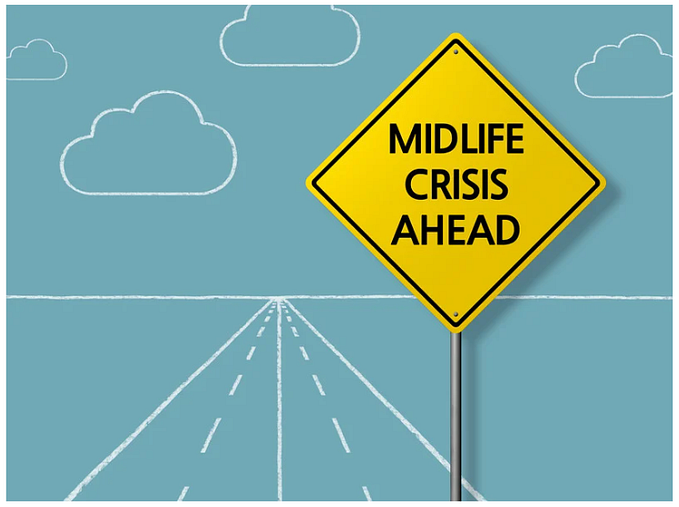Member-only story
The availability heuristic
Avoiding over-reliance on recent or easily recalled information.

Perhaps you’ve experienced the following: a user shreds the newest redesign of your application during usability testing. The next day it’s all anyone on the team can talk about, no one can remember the six other participants who didn’t have a similar negative response to the redesign.
All of the conversations on relevant findings somehow include anecdotes from this participant’s point of view. You can tell that priorities have shifted, the team is now laser-focused on addressing the issues this user brought up, regardless of what the focus was previously.
I’ve certainly experienced this phenomenon over the course of my career. This is an example of the availability heuristic in action.
The availability heuristic is a cognitive bias where people tend to rely on information that is most readily available or easily recalled rather than seeking out more comprehensive data. Introduced by psychologists Amos Tversky and Daniel Kahneman in the 1970s, this heuristic helps us navigate the world by relying on what comes to mind first.
In UX design, this can lead to decisions based on the most recent user feedback, memorable experiences, or easily accessible data, rather than a thorough analysis of all available information. While it’s human nature to trust what comes to mind first, this can result in skewed design decisions that don’t reflect the full picture. In this article I’ll build on the work of Sepideh Yazdi and many others I’ve cited throughout this article to discuss how we can avoid falling into potential traps in thinking due to the availability heuristic.
The Pitfall
UX teams, as well as leadership, may default to the availability heuristic when making key decisions. This can work in our favor when we’ve done the proper research and identified the most frequent concerns users may have. Still, it isn’t a perfect world, and even with research, we extrapolate the frequency we see in our specific research participants to apply to our potentially broader group of users.
The availability heuristic might cause us to make poor decisions when what we can recall isn’t broadly applicable to our…








